For more than a decade, the English countryside has carried the echoes of one of the most controversial wildlife policies of our time. Night after night, marksmen moved through fields and hedgerows, targeting badgers, most often with no welfare oversight. Over 230,000 badger lives have been lost, taken in the name of controlling bovine tuberculosis. And yet the disease has endured, quietly persisting in cattle herds, slipping through imperfect tests, resurging even after the heaviest efforts.
A government‑commissioned report into the evidence for badger culling has now laid bare the consequences. There is only a slim chance of eradicated the disease unless more resources and attention are invested in prevention. While badgers continue to be implicated in the spread of bTB, evidence shows the cull has failed to significantly alter the trajectory of the disease. Around half of herds that clear infection experience a breakdown within three years, and even with improved testing and the promise of BCG vaccination for cattle, the disease remains largely rooted in cattle. The report suggests that, moving forward, attention should focus on where interventions are most likely to succeed
For the Badger Trust, the findings confirm a long-held view: the focus on wildlife has obscured the real problem. Undetected infection in cattle and gaps in biosecurity are the true drivers of the disease. Every year the cull continued, every shot fired into the night, did little to halt the spread of TB. The government has pledged to end the cull by 2029 — a commitment that arrives after more than a decade of controversial, lethal policy.
The report does not merely tally failures; it narrates them, exposing the cost of misplaced assumptions. The countryside seems quieter, but in that silence lingers a question: how much of this could have been avoided if evidence had guided action rather than reactionary instinct and tradition?
Now, the focus must shift. Attention must move to cattle, to the ways the disease spreads unseen, to measures that work and are humane. Vaccination, improved testing, rigorous biosecurity — these are the tools that may finally alter the course of bTB.
The badgers, meanwhile, deserve the chance to recover in a landscape long scarred by policy and poor judgment. The story of the cull, and the lessons of the report, are far from over, but perhaps at last the chapters ahead will be written with science, ethics, and evidence at their centre.
Our articles are free because we want as many people as possible to think about animal welfare. You can support our mission to provide sanctuary to more animals and tell more of their stories by visiting our store, sending a gift or sharing our articles on social media
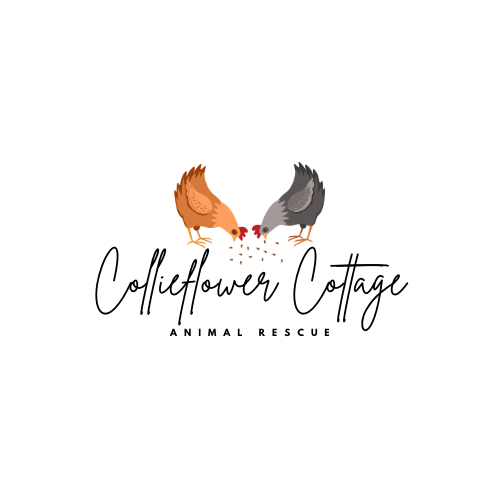

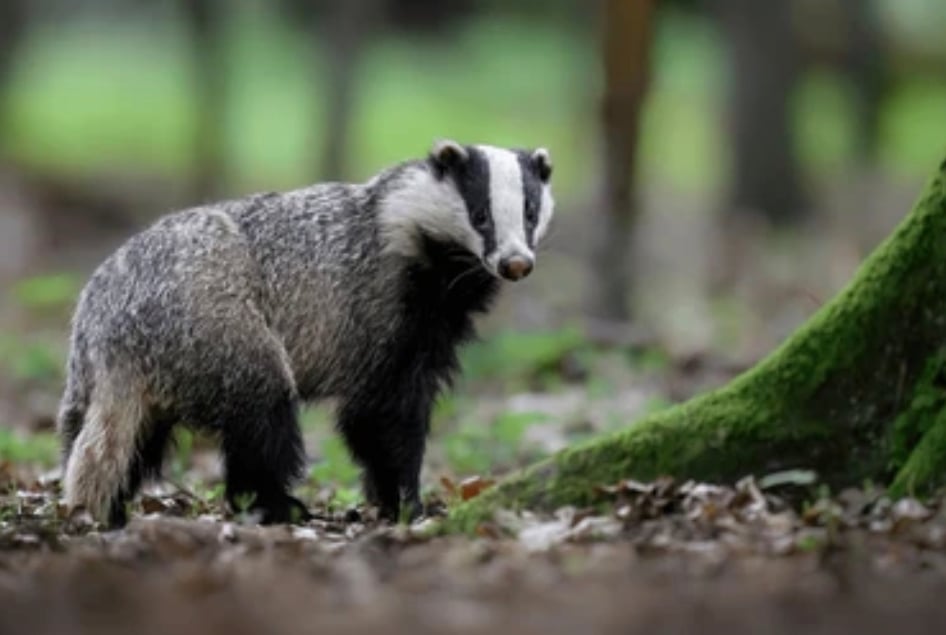
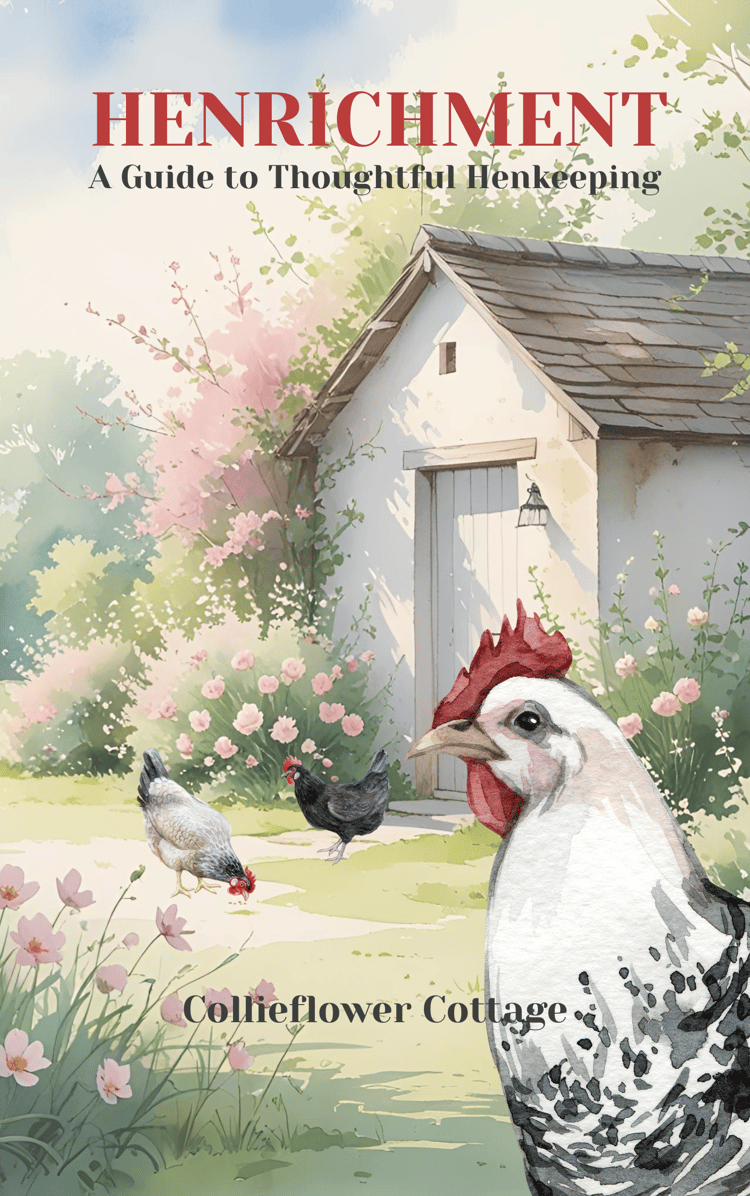

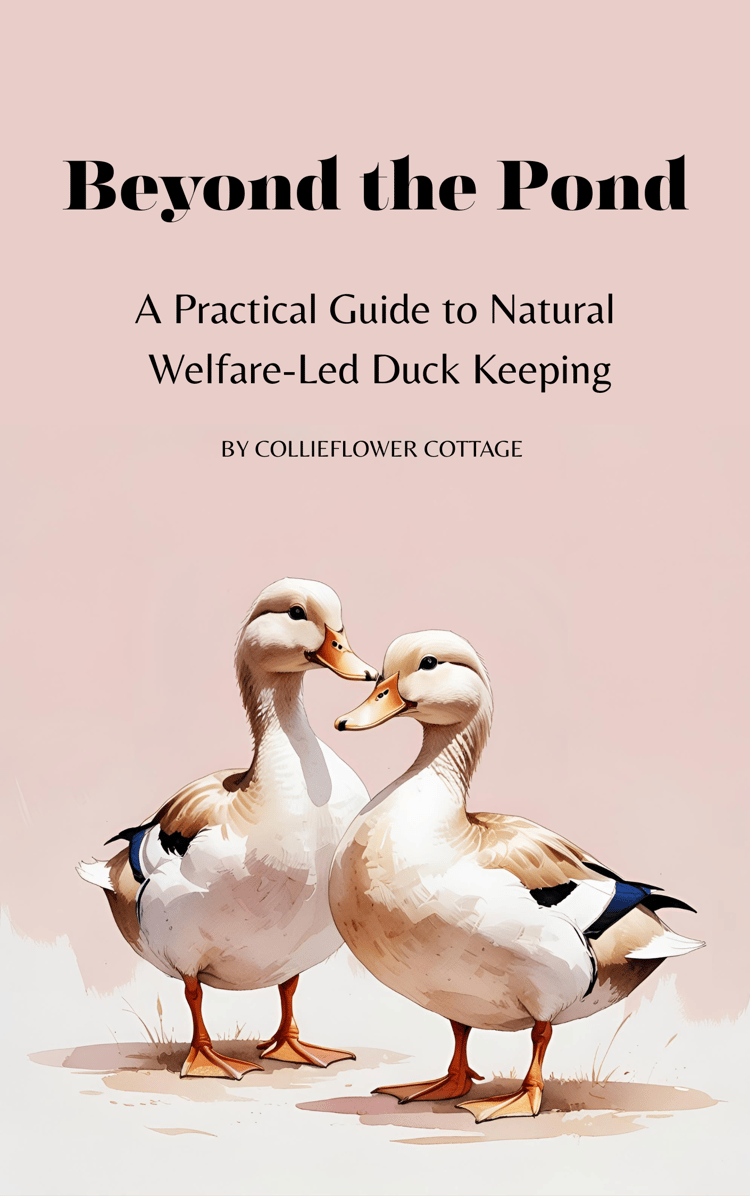

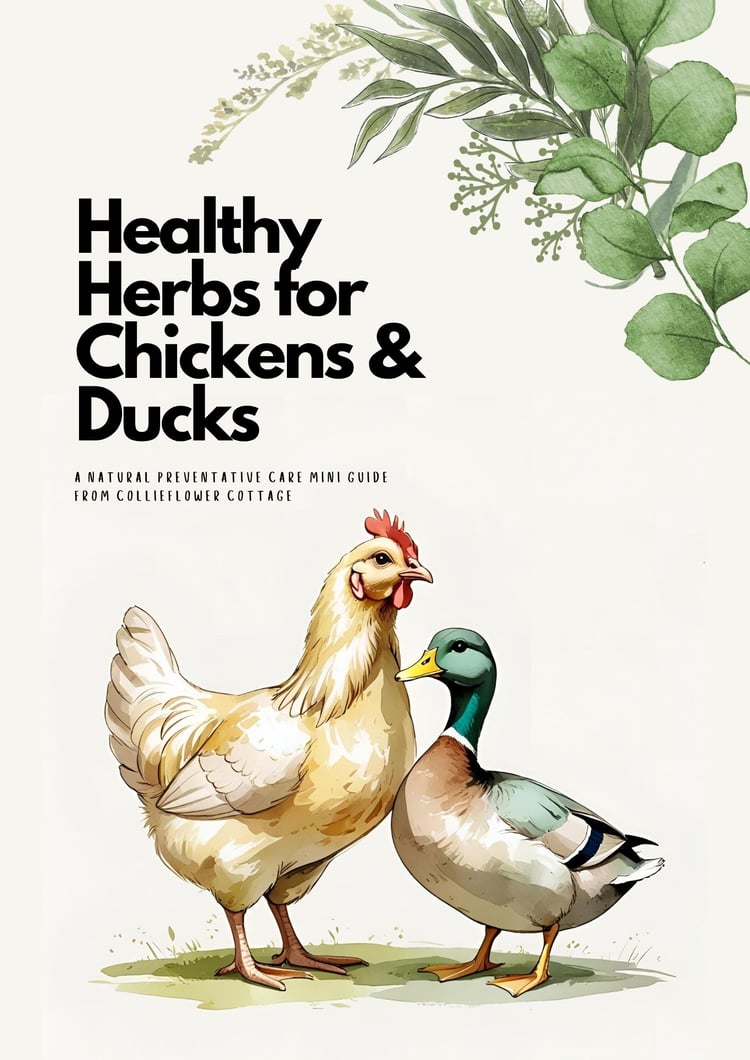

Comments ()